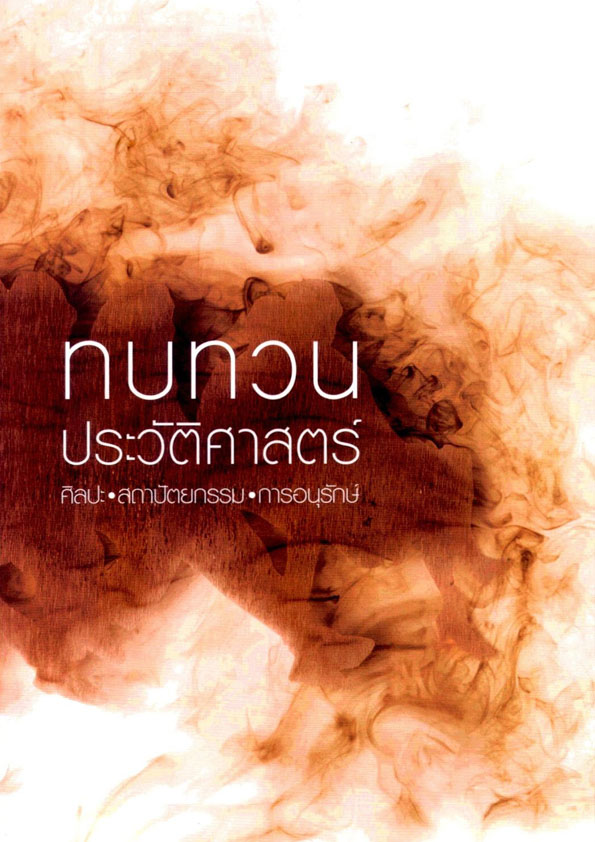“อฏฺฐารส” คติความเชื่อ และการสร้างสรรค์งานพุทธปฏิมา Attharassa : Beliefs and Buddhist Statues
Main Article Content
Abstract
บทคัดย่อ
บทความนี้เป็นส่วนหนึ่งของวิทยานิพนธ์ ระดับปริญญามหาบัณฑิต มหาวิทยาลัยมหาจุฬาลงกรณราชวิทยาลัย ในหัวข้อ “ศึกษาวิเคราะห์คติความเชื่อเรื่องพระอัฏฐารสที่มีอิทธิพลต่องานพุทธศิลป์” (AN ANALYTICAL STUDY ON THE BELIEFS OF THE PHRA ATTHARASSA AND INFLUENCE TO BUDDHIST ARTS)
เนื้อหาในบทความจะแสดงให้เห็นถึงที่มาและความหมายของคติความเชื่อเรื่อง “พระอัฏฐารส” รวมทั้งการถ่ายทอดคติความเชื่อดังกล่าวผ่านงานประติมากรรม “พระอัฏฐารส” จากหลักฐานที่ปรากฏให้เห็นตั้งแต่อดีตจนถึงปัจจุบันในวัฒนธรรมสุโขทัย และวัฒนธรรมที่เกี่ยวเนื่อง ได้แก่ พระอัฏฐารส ที่วัดมหาธาตุ วัดสะพานหิน เมืองเก่าสุโขทัย พระอัฏฐารสที่วัดพระศรีรัตนมหาธาตุ วัดวิหารทอง เมืองพิษณุโลก และพระอัฏฐารส ที่วัดเจดีย์หลวง เมืองเชียงใหม่ นอกจากนี้จากการศึกษาและเก็บข้อมูลภาคสนามของผู้เขียนยังแสดงให้เห็นถึงกลุ่มปฏิมากรรมในวัฒนธรรมสุโขทัยอีกกลุ่มหนึ่งที่เรียกว่า “พระสี่อิริยาบถ” ซึ่งมีการอธิบายว่าเป็นการถ่ายทอดให้เห็นถึงอิริยาบถต่างๆ ของพระพุทธเจ้า ตามที่มีการกล่าวไว้ในคัมภีร์ทางพระพุทธศาสนา ก็เป็นการสร้างพระพุทธรูปภายใต้คติความเชื่อเรื่อง “พระอัฏฐารส” เช่นเดียวกัน
Abstract
The article is a part of a master’s degree thesis entitled “Analytical Study on the Beliefs of the Phra Attharassa and Influence to Buddhist Art” at Manachulalongkornrajavidyalaya University, Thailand. The article emphasizes historical background, meanings, and beliefs about Phra Attharassa. Phra Attharassa, a large standing Buddha image eighteen cubits in height with the right hand raised in abhaya mudra, has been found since Sukhothai period to later periods; for example, Phra Attharassa at Wat Mahathat and Wat Sa Phan Hin, Sukhothai; Wat Phra Sri Ratana Mahathat and Wat Wihan Thong, Phitsanulok; and Wat Chedi Luang, Chiang Mai. Furthermore, beliefs about Phra Attharassa are also associated with Buddhist statues in four postures (Phra Si Ariyabot), sitting, reclining, standing, and walking. These statues are found at several monasteries in Sukhothai. According to Buddhist texts, Buddhist statues in the four postures were created after body movement of the Buddha.

